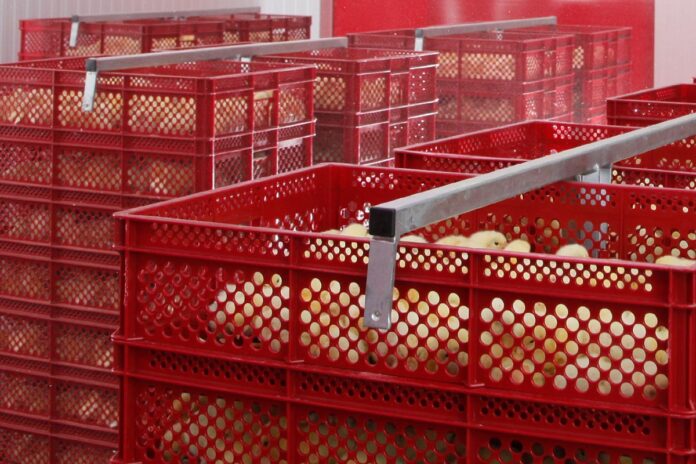
“Why are so many chicks dying in their first week in the hatchery?” I could hear the worry in his voice when I received a call from the manager of a single-stage broiler hatchery in southern Brazil.
It was a cold winter (yes, even in this tropical country temperatures can go below 10°C) and he was getting reports of 3-5% of chicks dying in their first week, and in some cases even 10%.
Wanting to get to the bottom of this alarmingly high first week mortality, I went to visit the plant, where I learned there was no relationship between setter/hatcher room or breeder flock/line. Stranger still: either males or females were dying, but not both sexes from the same hatch day. Naturally, my first reaction was that something might be going wrong after the chicks had been sexed in the hatchery. Or perhaps transport was the problem? But the manager said they’d looked at these too and could find no correlation.
After tracking & tracing all chick handling procedures after sexing, we realised that the worst cases were when chicks hatched on the Friday but were not delivered until Saturday – so they had stayed overnight at the hatchery. But the records from the chick delivery room showed nothing unusual: temperature and humidity were fine.

It was time to take a look inside the hatchery chick delivery room. Once again, the record sheet showed normal environment data. But … when I stood close to the wall where air was entering the room, I could feel the cold on my bare arms. The chicks on that side were huddled together in their boxes. Measuring their rectal temperature (it was 101-102°F) confirmed that they were suffering from hypothermia. The temperature around these boxes, which contained male chicks, was only 19°C.
The female chicks from the same breeder flock had been place in the centre of the room. Their rectal temperature was normal (104-105°F) and the temperature around their box was 25°C. Clearly the two sexes had been placed in very different conditions during the time they were waiting to be put on transport, and this time it was the males that were the unlucky ones.
The sensor to keep the temperature at 25 °C was located in the centre of the room. As a delivery room fills up, more and more cooling is needed, and the room was getting too cold where the air was entering. In fact, the cold air was streaming directly into the chick boxes close to the air inlets.

We set up a makeshift trial using cardboard funnels to direct the cool air upwards, avoiding direct air flow over the chicks. A few hours later, when we measured the temperature of the air around the chick boxes near the hatchery air entrance, conditions had improved, and this was confirmed by the chicks’ more normal rectal temperatures.
The hatchery manager has now devised a more permanent solution: aluminium air conductors have been fitted. And even in winter there have been no more complaints of chicks dying from the cold.
We’ve learned some valuable lessons from this story. It’s important to check the temperature in different parts of the chick delivery room, and chicks must not be exposed to cold draughts. If necessary, direct inlet air upwards away from the chicks so that it warms up first. It’s not worth destroying all the effort that has gone into incubation by careless handling of newly hatched chicks.

















